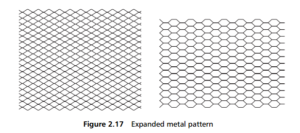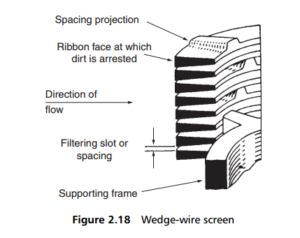0
-
An empty cart
You have no item in your shopping cart
envato-wordpress-toolkit domain was triggered too early. This is usually an indicator for some code in the plugin or theme running too early. Translations should be loaded at the init action or later. Please see Debugging in WordPress for more information. (This message was added in version 6.7.0.) in /var/www/wp-includes/functions.php on line 6121g5plus-darna domain was triggered too early. This is usually an indicator for some code in the plugin or theme running too early. Translations should be loaded at the init action or later. Please see Debugging in WordPress for more information. (This message was added in version 6.7.0.) in /var/www/wp-includes/functions.php on line 6121A quite different use for metal in making filtration media comes in the structures that are built up from individual bars, rods or wires that may have been processed

to change their shape. The filter elements made from these media are thus assembled rather than produced in sheets or rolls. As a result they are more expensive on a unit area basis than woven mesh or perforated sheet, and so are used where their
particular combination of strength and accuracy of aperture size is necessary.
A screen surface can be formed by assembling a number of separate flat or round bars. The huge flat or sloping screens (grizzlies) used for separating crushed ores in mineral processing works are often made in this way.
Thick wires or rods can be moulded into a trapezoidal cross-section, with two parallel sides of unequal length, and two sloping sides joining them. If these ‘ wedge wires ’ are then mounted parallel to one another, with their wider flat faces adjoining but not quite touching, a very effective screen is formed. This can be arranged flat or in a cylindrical shape (as in Figure 2.18), and the widening spaces behind the front face ensures the minimum of clogging.

A particular form of wedge-wire screen is the sieve bend used in the wet classification of slurries. The screen is mounted vertically, with a surface that is flat across the screen, but concave downwards from a vertical portion at the top. The
wedge-wire bars are arranged across the screen, with slurry flow downwards across the face of the screen, and almost tangential at the top. This filter can be used as a classifying device, separating fine solids from coarse.
For further information, please click here.